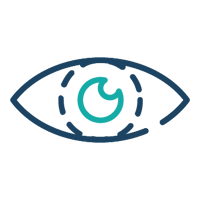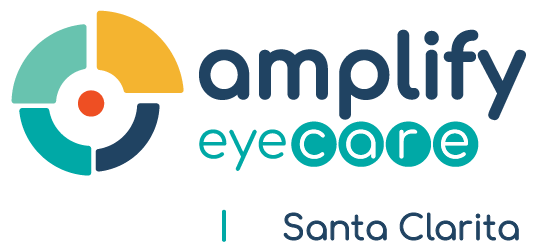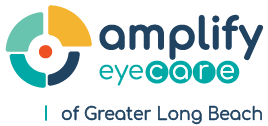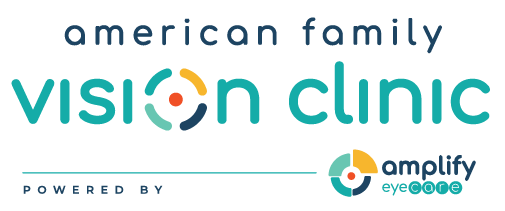Results: The study suggests that TBI appears to be causing visual image misalignment -- or vertical heterophoria. To correct this misalignment and prevent double vision, the eye muscles are utilized to force the eyes back into proper alignment. This causes the eye muscles to become overworked, strained and fatigued, which accounts for many post-concussive symptoms, including headaches, dizziness, anxiety and neck pain. The use of prismatic eyeglass lenses to realign the images and reduce or eliminate eye muscle overwork led to a 71.8 percent reduction of patient's symptoms.
TBI affects 15 to 20 percent of our servicemen and women returning from Iraq and Afghanistan -- caused mostly by explosions -- and approximately 2 million people per year in the U.S. -- caused mostly by falls, auto accidents and sports injuries. Approximately 10 to 25 percent of patients with TBI still have significant post-concussive symptoms one year after their injury.
Conclusion: Treatment involves a multifaceted approach, including physical therapy, occupational therapy and multiple medications, and can take years to complete," says Jennifer E. Doble, M.D., a physiatrist at St. Joseph Mercy Hospital, Ann Arbor. "Prismatic lens treatment seems to allow the other therapies to be effective more quickly. And as a result, patients get better quicker, reducing the time and cost of caring for this patient population."
The first patient with TBI was recognized as having vertical heterophoria in 2005 by two of the study co-authors -- Doble, a TBI rehabilitation specialist -- and Debby L. Feinberg, O.D., an optometrist at Vision Specialists of Birmingham, Birmingham, Mich. The overlap of TBI and vertical heterophoria symptoms was significant: headaches, neck ache, upper back pain, dizziness, nausea, anxiety and reading difficulties. To date, no single unifying cause of TBI symptoms had been identified.











